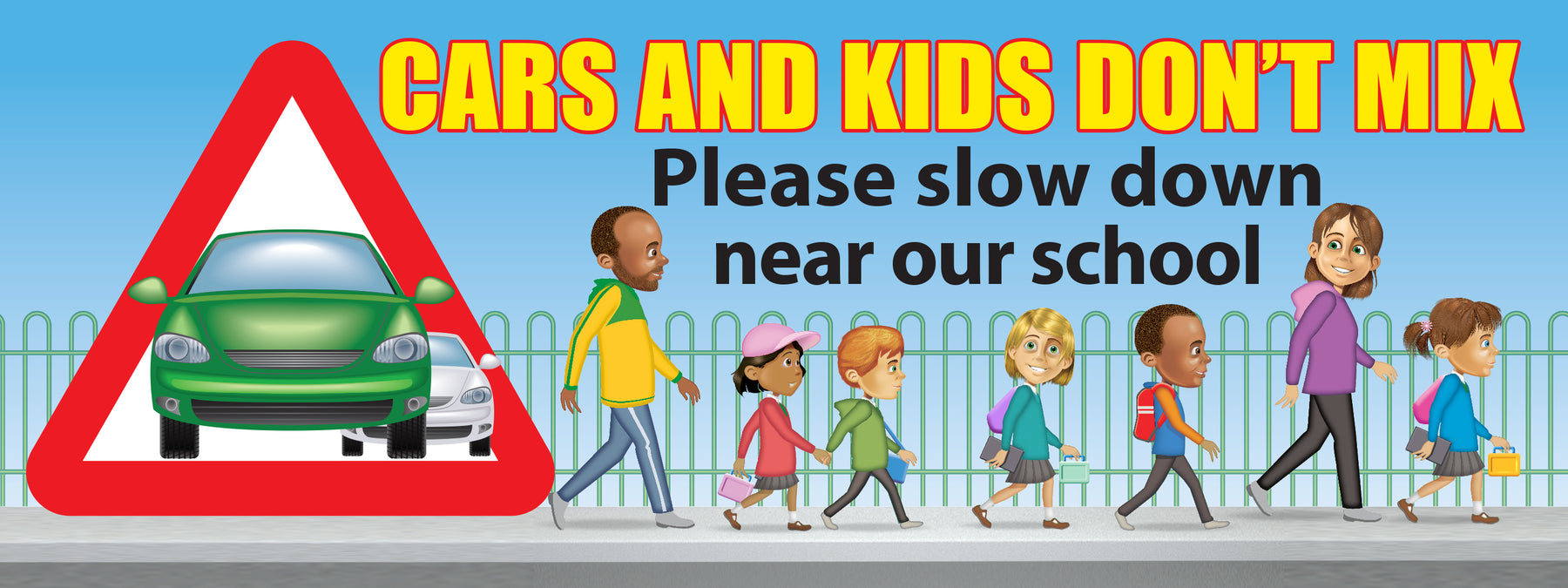
Cars and kids don’t mix!
What’s the problem?
Ever want to see a normally calm Headteacher hit the roof? Well just casually ask them what the parking’s like outside their school and stand well back!
The problem’s nothing new as parents try and outdo each other to see who can display the most irrational and selfish behaviour. Drives are blocked, zig-zag lines parked all over and speed limits routinely disregarded in the name of the dreaded school run.
The danger to children has always been clear but the devastating effects to health caused by traffic pollution have recently also been brought into sharp focus:
- Public Health England has recently called for cars to be banned from idling near schools in a bid to cut pollution.
- In London alone, 453 schools are in areas that exceed legal air quality limits.
- Car-free zones are even being introduced around some primary

What’s the solution?
The ultimate solution has got to be a massive drop in car use and a significant increase in alternative greener forms of travel. Whilst several other approaches have been adopted, we’ve pitched in with our “Cars and kids don’t mix” resources which have been widely used across the UK and beyond.
What’s it all about?
The resources are designed to give the schools an opportunity to address the issue and engage with parents in a positive and constructive manner. The ultimate aim is to get them on board and work together rather than simply antagonise them!
Campaign materials
The campaign can be run over a period of time with a mix of approaches to maximise the impact.
The introductory leaflet comes as an attractive red triangle that explains what the problems and solutions are. These are accompanied by school gate banners and simple animations that can be used on school message boards and websites.
A progressive approach
Participating schools can access the images and messages featured in the banners and leaflets. This gives them the opportunity to “brand” the message in letters home, the school website and even in children's work.
What's the solution?
Schools have undertaken classroom projects, outside survey work and produced their own banners to accompany the campaign.
The final warning!
Once parents are familiar with the message, a polite “branded” letter can be sent home. This will explain that as a special feature of the campaign, traffic wardens or police will be making a guest appearance in the next fortnight to check up on its effectiveness. Let’s face it - they have been warned!
